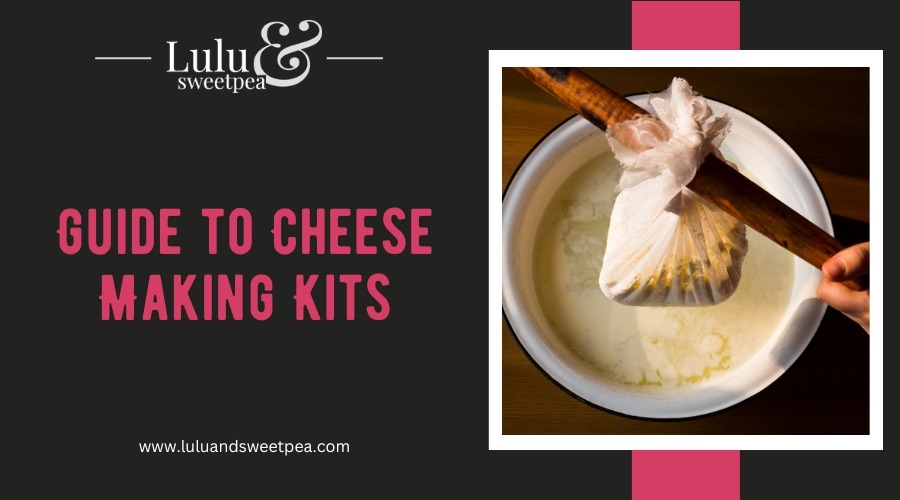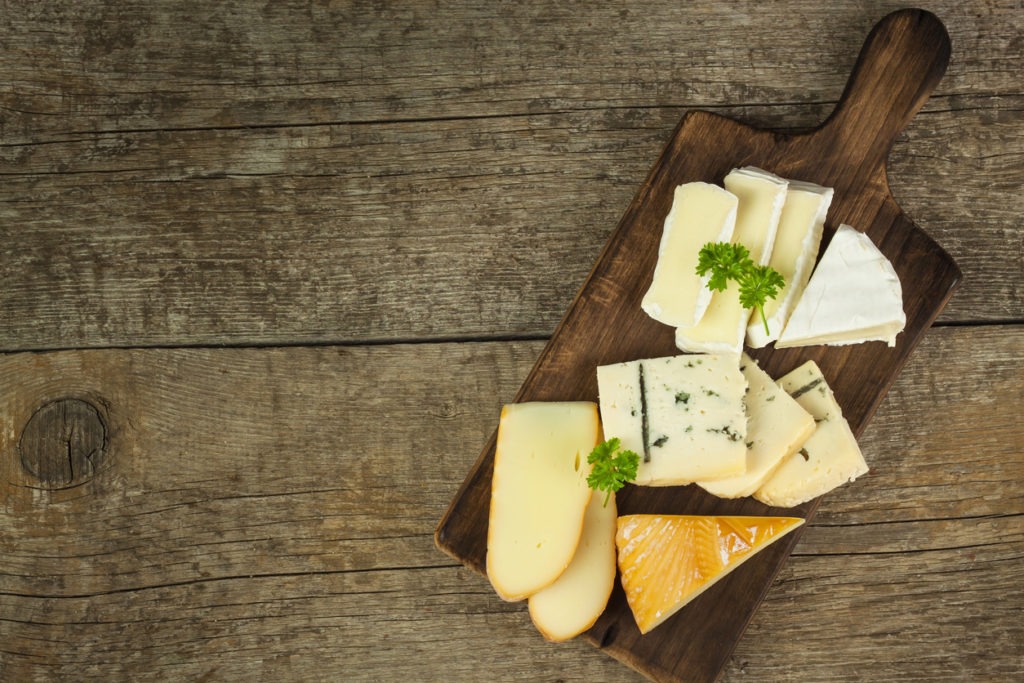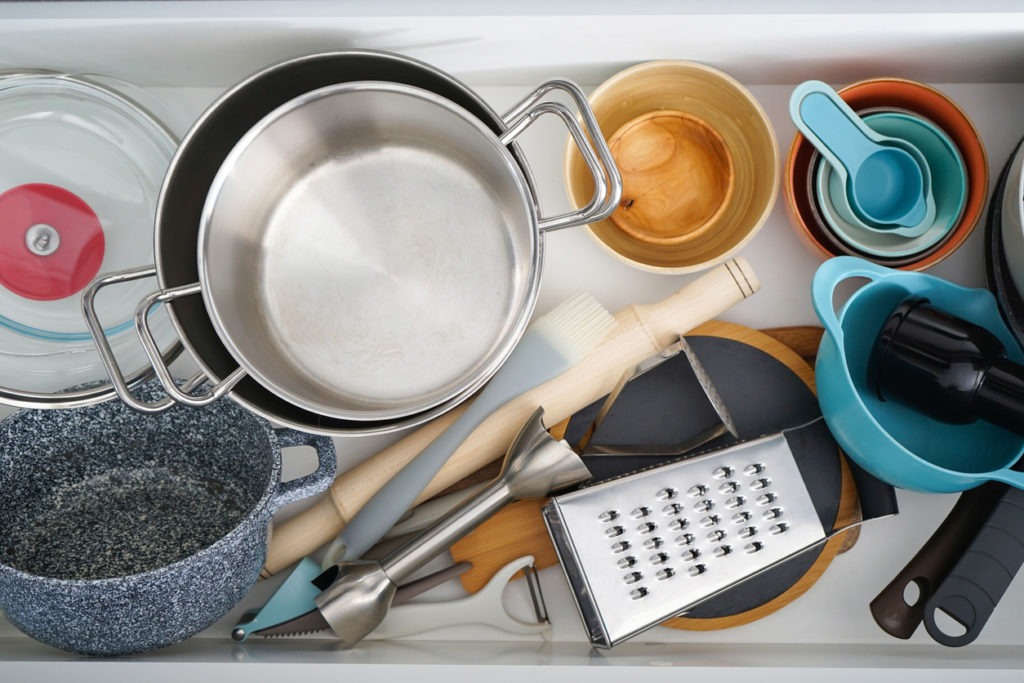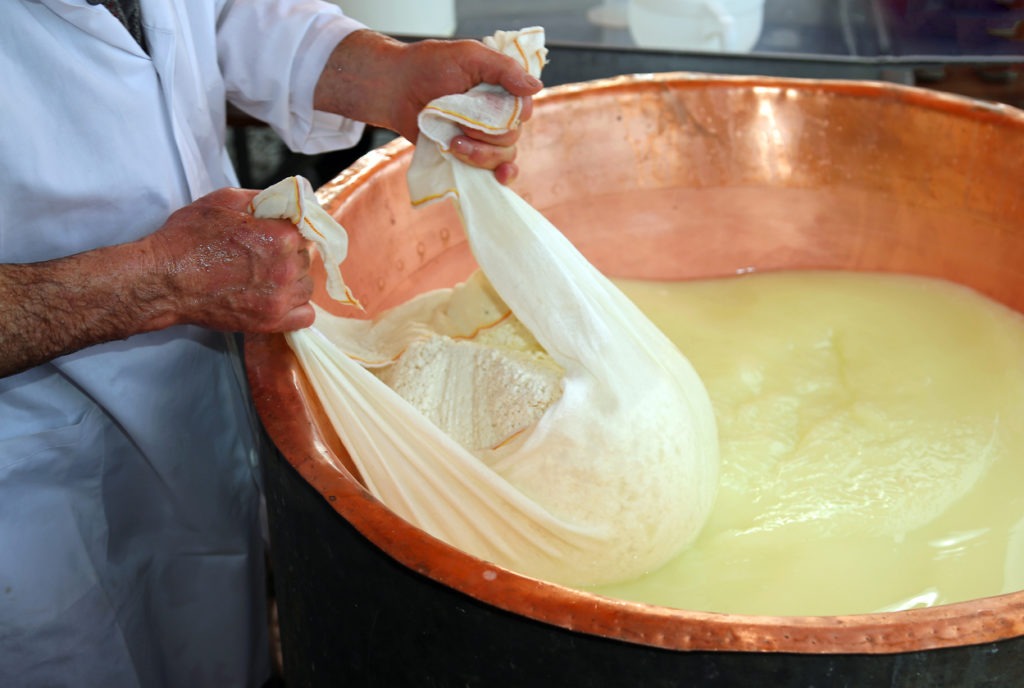You may prepare cheese at home using cheese-making kits. You can quickly make some fantastic cheese for yourself by employing all the required supplies and equipment. There is a wide range of cheese making products to choose from. The kind of cheese you want to create ultimately determines what kind of cheese making kit you should buy. The simplest cheese to start with is mozzarella. Additionally, you are free to experiment with it endlessly until you achieve your desired results. Give this guide a read if you’re looking to buy the best ultimate cheese making kit.
Things to Consider when Purchasing a Cheese Making Kit
When purchasing a cheese-making kit, there are a number of things to take into account. We encourage you to treat them carefully since they make the best cheese.
Variety of Cheese
The sort of cheese should be your first priority. A certain type of cheese cannot be used with a cheese-making kit designed for that type. Not only would it spoil the cheese, but it will also be a big time and energy loss. As was already mentioned, mozzarella is the simplest sort to start with, so you should try it first before introducing other varieties.
Ingredients
Cheese making kits include ingredients in addition to equipment. As a result, you need to think about the kit’s ingredients. Make a decision on how much cheese you want to make before buying a kit, and then double-check the ingredients the package contains. The most crucial component in making the best cheese is said to be the ingredients. It is better that you carefully assess what you need and do not need for the creation process given how much time and energy you will be using.
Equipment
You must take into account the kit’s accessories in addition to the ingredients and type of cheese. For instance, when producing cheese, you’ll need a thermometer, a saucepan, cheesecloth, and a strainer. Even though you might not think you require them, you wouldn’t want to spend the entire process searching the entire house for them. Purchase them as well if you don’t already have them.
The Cheese Making Process
Before Starting
Cleaning is crucial when making cheese, just as it is for canning, preserving, and making bread. Making sure your environment is clean will assist the cultures stay strong, happy, and healthy without having to battle against undesired bacteria. The process of making cheese will give an excellent environment for friendly bacteria to ripen your milk.
Cleaning and sterilizing your equipment and work surface is the first stage in the cheese-making process. Make sure you have a clean surface on which to place your equipment. Once you have completed producing cheese, it is a good idea to properly clean and sanitize all of your equipment before storing it.
Heating the Milk
Once everything is ready, you can start heating the milk. You can find the recommended milk temperature in a recipe. The best way to heat milk is slowly; a decent rule of thumb is to raise the temperature by 2F every minute. You should strive to maintain temperatures as precisely as possible during the cheese making process because they have a significant impact on the final product’s quality.
Adding Ingredients
Now is the moment to add cheese coloring if you are using it. Make sure to properly mix it into your milk. When producing cheese with store-bought milk and goat’s milk, adding calcium chloride will assist create a lovely thick curd. You should be aware that any cheese that needs to expand, like mozzarella and provolone, shouldn’t be combined with calcium chloride. Your cheese may have a stronger flavor after using lipase. It must be included before the rennet. When using a culture packet that contains rennet, add your lipase beforehand. Add your lipase right before adding rennet if you’re using a separate starter and rennet.
In recipes like mozzarella and ricotta, citric acid is utilized to boost the acidity of the milk. When producing some types of cheese, including Camembert, Brie, Blue, and Triple Cream, mold powders are added. Unless otherwise specified in your recipe, add a mold powder in at the same time as your cultures. Your milk gets cultured to ripen it. Use the culture that your recipe recommends and add it when it’s time and at the temperature that it calls for. Rennet produces a curd that is thick and resembles custard when added to milk. Use the recommended amount of rennet per your recipe, and add it at the precise moment and temperature called for therein.
Cutting Curds
Curds are chopped to aid in whey expulsion. Large curds are required for a moist cheese, whilst considerably smaller curds are required for a drier cheese. The size of curds required for your cheese should be specified in your recipe. Unless your recipe indicates otherwise, we advise using a curd knife for this procedure.
Cooking Curds
Curds are helped by cooking to release whey, stiffen up, and reach the proper acid levels. The longer the curds simmer the smaller and more solidly they will become. Different cheeses require varying percentages of moisture in the curd. To determine how long to cook your curds for and at what temperature, you should turn to your recipe. Slowly raise the temperature; a decent rule of thumb is to do it every five minutes, unless your recipe specifies otherwise. A skin will form and trap moisture inside curds if they are heated too quickly, which can lead to moisture pockets in the finished cheese.
Draining Curds
The curds will be ready to drain once they have finished cooking. You should adhere to the instructions for the specific sort of cheese you are creating, may it be a soft cheese, hard cheese, soft-ripened cheese, etc.
Preparing for Aging
It’s time to let your cheese air dry once it has been pressed or molded and salted as necessary. If your cheese has already been pressed but is still inside the mold, take it out and carefully scrape off all of the fabric. Simply take the cheese out of the mold if it was only formed and not pressed. When air drying cheese, spread it out on a cheese mat or wooden board, cover it with cheesecloth or muslin, and wait the period of time indicated in the recipe. To ensure that all surfaces are drying uniformly throughout the drying phase, flip your cheese frequently during the day.
Aging Cheese
Your cheese will start to develop true flavor during the aging process, which is a form of art in and of itself. An affineur is a term used to describe those people who spend all of their time maturing cheese. The ideal atmosphere for becoming your own affineur at home is one that is between 52 and 55 degrees Fahrenheit and has a relative humidity of 80 to 9%. Your “cheese cave” will be here.
Conclusion
Making cheese at home is simple and enjoyable. There are three fundamental considerations to make when getting started: ingredients, tools, and procedure. Additionally, these are the ones you must take into account while buying cheese-making kits. We believe that you have learnt enough about the cheese-making process from this article. You’ll have fun making great cheese at home, from milk to delight.



